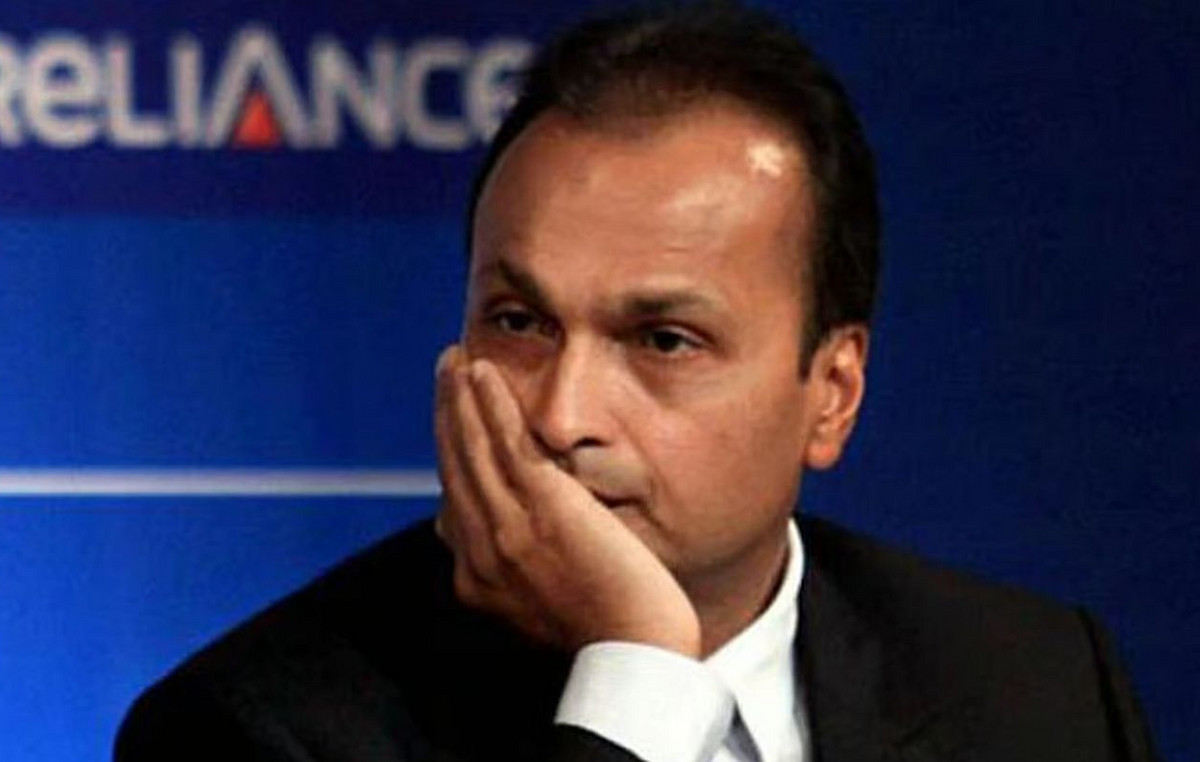LAST UPDATE: 19.30
Wall Street’s three main indices are moving upwards at the end of the week, with investors welcoming it positively data on consumer confidence, which strengthened in August in the US, while expectations for the path of inflation also improved. Nasdaq and S&P 500 headed for fourth consecutive five-day gain.
In particular, the consumer confidence in August in the US according to the index of the University of Michigan strengthened – surpassing the expectations of economists – climbing to 55.1 units in August from 51.1 in July.
However, a gauge of consumers’ perception of their finances and the health of the economy fell to 55.5 in August from 58.1 in July, while a measure of consumer expectations for the next six months climbed to 54.9 points in August from 47.3 the previous month.
In addition, consumers expect inflation to be at 5% over a one-year horizon, down from the 5.2% they forecast in July.
Alongside, US import prices posted their first decline in seven months in July, in the biggest monthly decline since April 2020. According to data released by the US Labor Department, the import price index fell 1.4% in July after rising 0.3% in June. The reading was worse than analysts’ estimate of a 1% drop.
Today’s trading on the Wall is in line with the mood of euphoria that has prevailed this week in the US market, after the positive indications from the macroeconomic indicators. In particular, after the good news about the de-escalation of inflation, with the consumer price index recording an increase in July by 8.5% on an annual basis, against a forecast for 8.7%, the decrease in wholesale prices followed in July.
THE producer price index fell 0.5% in relation to June, presenting its first monthly drop since April 2020 of the pandemic, even when the estimate predicted an increase of the order of 0.2%. On a year-on-year basis, producer prices increased in July by 9.8% from a year ago, which is their slowest pace since October 2021.
The president of the San Francisco Fed Mary Daly told the Financial Times it was too early to “declare victory” over US inflation. He pointed out that a 50 basis point rate hike still remains the baseline scenario for the decision to be taken at the Fed’s next monetary policy meeting in September.
For his part, the head of the Richmond Fed, Thomas Barkin, favored further rate hikes, noting that he would watch US economic data to decide how much of a rate hike he would support at the Fed’s next meeting in September. “I would like to see inflation under control for an extended period. Until we achieve that, I think we should raise interest rates to restrictive levels“, he told CNBC.
“Traders are betting 65%, according to Fed Funds futures, on a 50bp rate hike in September. A simple rebound in energy prices could bring the Fed hawks back into the market and change the climate,” Swissquote Bank analyst Ipek Ozkardeskaya said in a note.
Meanwhile, his performance 10-year government bond of the US is down about 3 basis points at 2.857%.
Indicators – Statistics
On the board, the industrialist Dow strengthened by 0.79% or 260 points to 33,600, the broadest S&P 500 adds 1% to 4,250 units and the technologically weighted Nasdaq marks an increase of 1.38% to 12,950 units.
All three pointers see earnings per weekwith the S&P 500 up +1.9% year-to-date and poised for a fourth straight 5-day gain, its longest winning streak since the corresponding period ended November 27, 2020. The broader index has made up 50% of bear market losses.
So is the Nasdaq, which is up 1.5% so far this week and is also heading for its fourth straight five-week gain, its longest since the corresponding period ended Nov. 5.
From the 30th shares that make up the Dow Jones, 23 are showing gains and 7 are in negative territory. The biggest gains were made by Walt Disney with a “jump” of 2.38%, followed by Apple at +1.06% and UnitedHealth Group at +1.05%. At the bottom of the index is Chevron with losses of around 1.3%.
Rivian is up 2%, despite announcing a loss of $1.7 billion for the second quarter, compared to a loss of $580 million in the corresponding period last year.
New York-listed Chinese PetroChina, China Life Insurance, Sinopec, Aluminum Corp. of China and China Petroleum & Chemical announced on Friday their intention to exit the Wall Street US stock market, as the US and China struggle to find common ground on how US regulators will scrutinize Chinese business data. However, its shares are moving higher on Friday, in a range of 0.3% to 1.6%.
Source: Capital
I am Sophia william, author of World Stock Market. I have a degree in journalism from the University of Missouri and I have worked as a reporter for several news websites. I have a passion for writing and informing people about the latest news and events happening in the world. I strive to be accurate and unbiased in my reporting, and I hope to provide readers with valuable information that they can use to make informed decisions.







